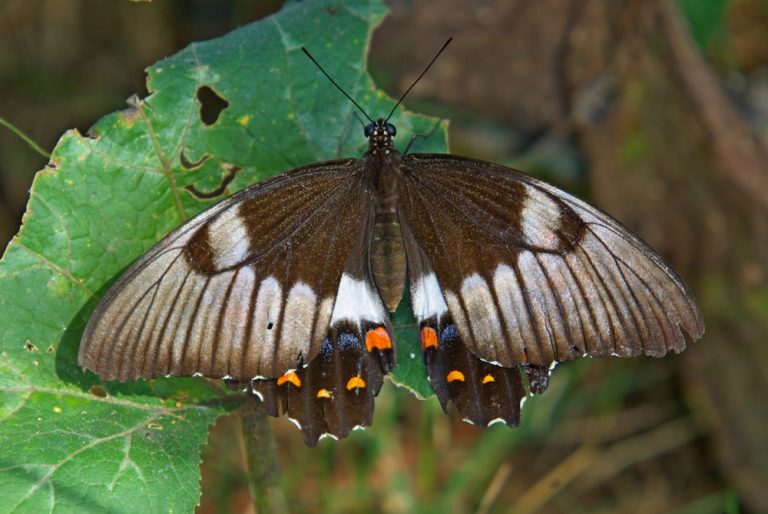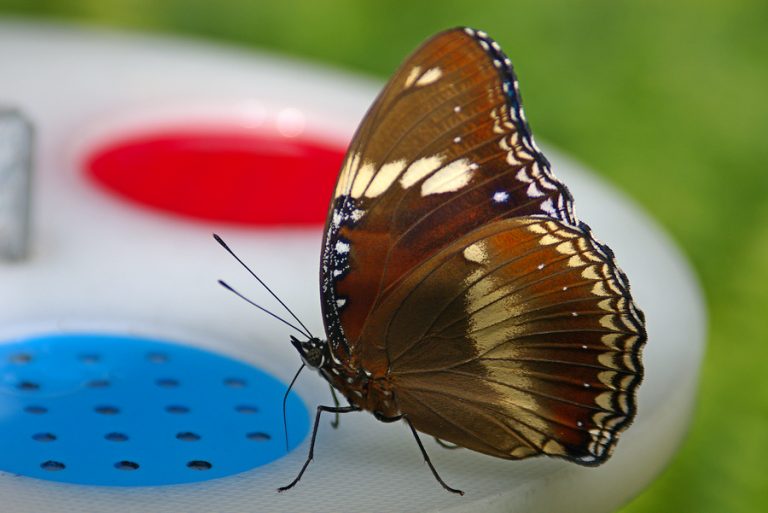A butterfly is a fascinating insect belonging to the order Lepidoptera. Here are some intriguing facts about these delicate creatures:
- Life Cycle: Butterflies undergo a four-stage life cycle:
- Eggs: Winged adults lay eggs on specific food plants.
- Caterpillar Larva: The hatched larvae, known as caterpillars, feed voraciously.
- Pupa: When fully developed, caterpillars pupate within a protective chrysalis.
- Adult: After metamorphosis, the adult butterfly emerges, expands its wings, and takes flight.
- Diversity and Adaptations:

- Butterflies exhibit a dazzling array of colors and patterns.
- Many species use camouflage, mimicry, and aposematism to evade predators.
- Some, like the monarch and the painted lady, embark on long-distance migrations.
- Ecological Roles:
- Butterflies serve as pollinators for various plants.
- Their larvae can be pests, damaging crops or trees, while others eat harmful insects.
- Some species form fascinating mutualistic associations with ants.
- Cultural Significance:
- Butterflies are beloved motifs in art, literature, and folklore.
- Their delicate beauty captivates the human imagination.

Remember, these ethereal insects are not only aesthetically pleasing but also vital contributors to our ecosystems.
For more detailed information, you can explore the comprehensive articles on Wikipedia1 and Simple English Wikipedia2. Happy butterfly watching!










